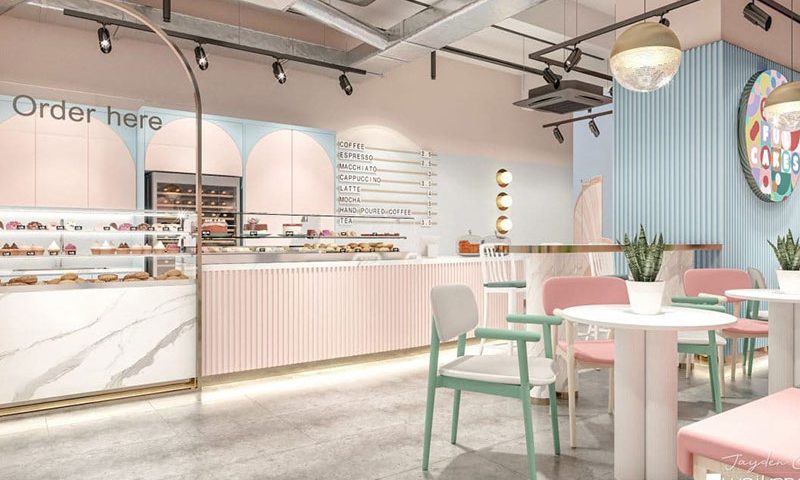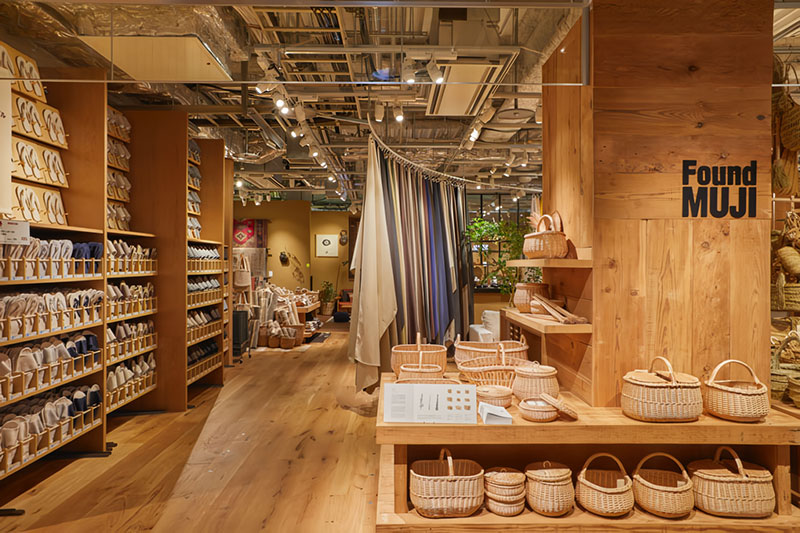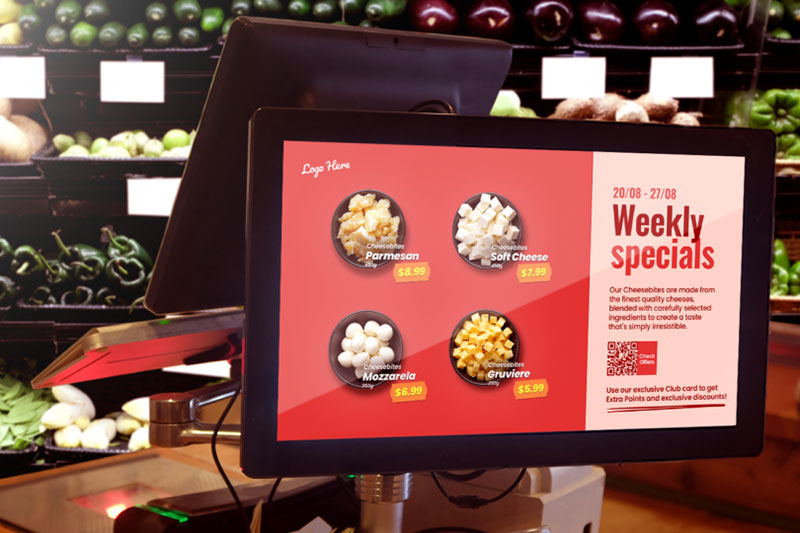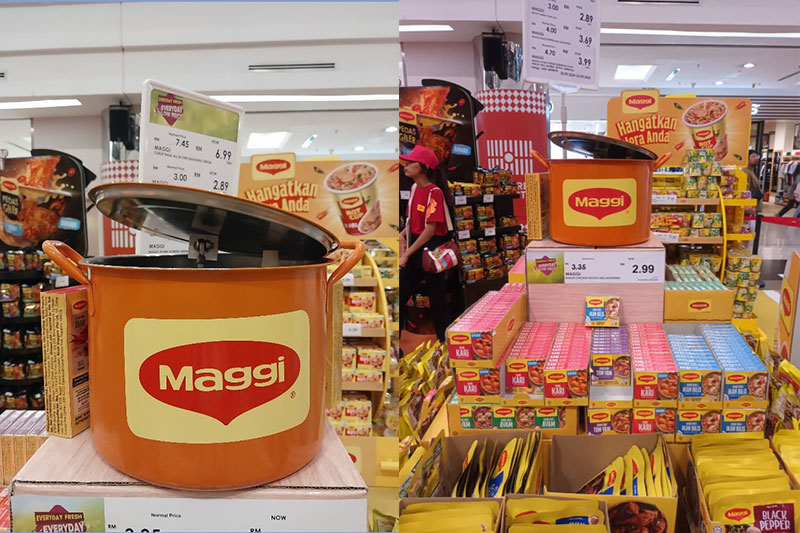Ask any couple, and they’ll likely agree that love is expensive. Whether it’s the excitement of a first date, the financial commitment of setting up a home together, or the endless preparations for welcoming a newborn, couples are a significant spending force in the economy.
Unlike individual shoppers, couple-based purchasing decisions involve emotional and practical considerations. If your business primarily targets couples, especially younger ones, here’s what you need to know to make your brand stand out.
1. Who Holds the Purchasing Decisions?
In most relationships, purchasing decisions are not always 50/50. While men may be the larger wage earners in some households, studies have shown that women are the primary decision-makers for everyday purchases, particularly when it comes to:
- Household products (detergents, floor cleaners, fabric softeners, etc.)
- Home décor and furniture
- Dining and lifestyle choices
This is why many household and lifestyle brands adopt aesthetic, feminine packaging with soft, elegant visuals, because they’re designed to appeal to women first.
Example: Cafés and restaurants that attract couples often lean towards feminine, chic aesthetics, using stylish décor and elegant POSM designs to create an inviting atmosphere. If you’re marketing to couples, the key is to impress the ladies first, because they often influence the final decision.
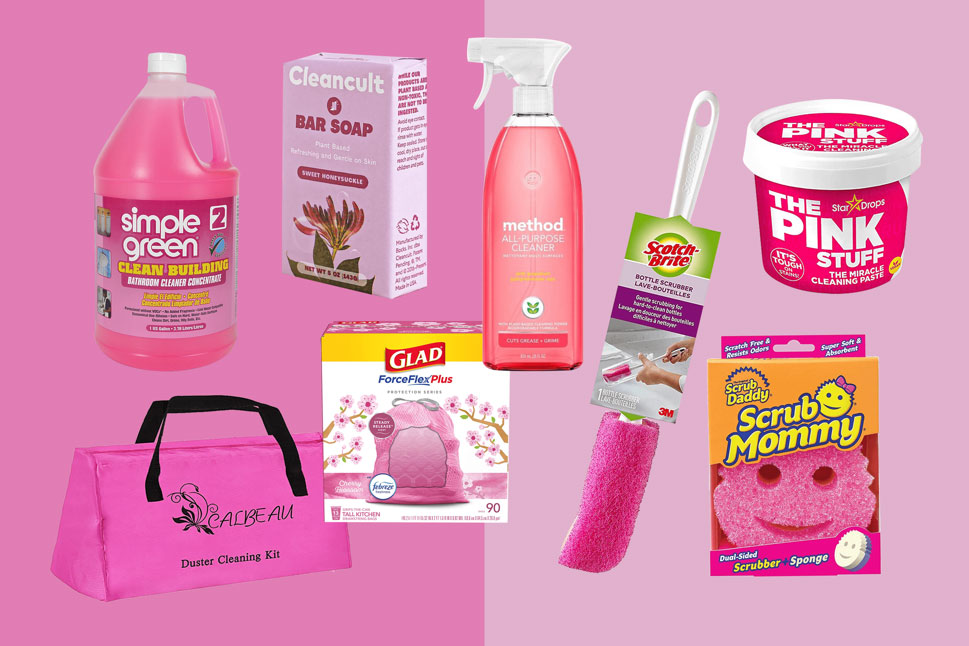
2. Finding the Right “Romantic” Colours
Colour psychology plays a crucial role in marketing, and this is especially true when targeting couples. Certain colours evoke feelings of love, passion, comfort, and intimacy, making them ideal choices for packaging, POSM, and store environments.
Best Colours for Couple Marketing:
- Pink & Red → Symbolise romance, warmth, and affection
- Soft Blues & Deep Greens → Represent stability, trust, and calmness
- Warm Creams & Earth Tones → Evoke comfort and homely vibes
However, be mindful of oversaturation. Drenching everything in hot pink might appeal to a niche market but could alienate broader audiences. A balanced palette that blends romantic tones with neutrals (e.g., pastel pink with cream or navy blue) creates a more sophisticated and inviting look.
Example: A café targeting couples might use soft pastel pink walls, dim lighting, and gold accents, creating a romantic atmosphere that feels intimate but not overwhelming.
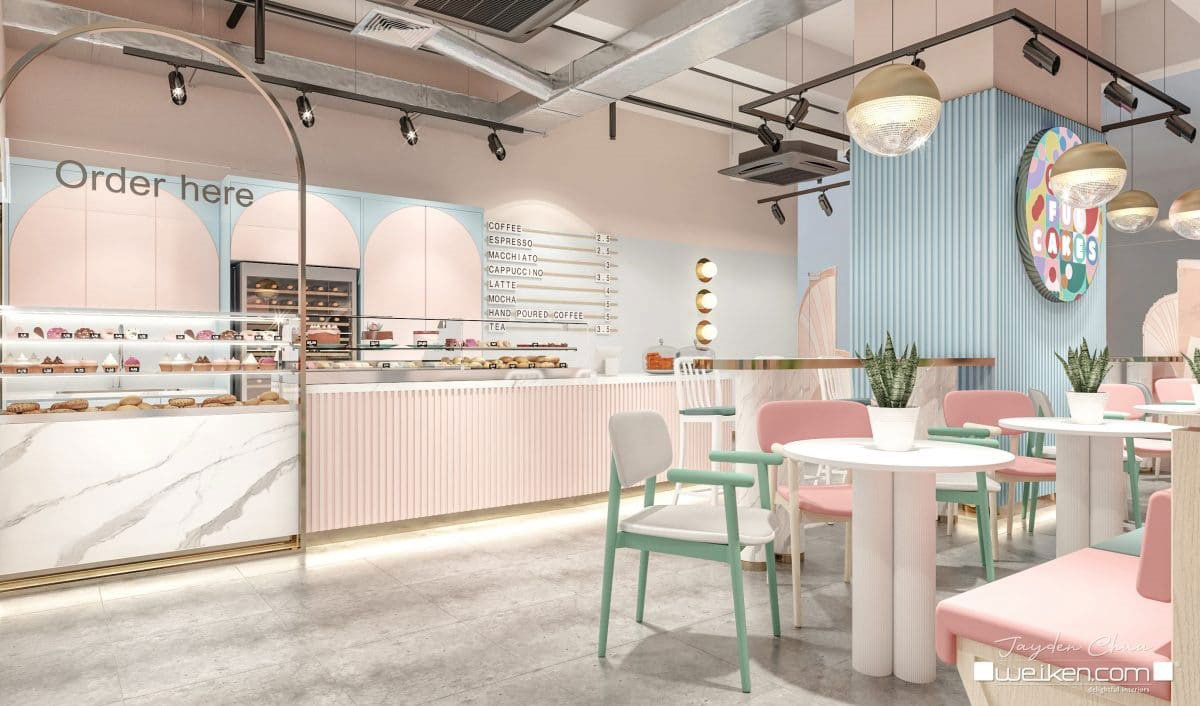
3. Leverage Influencer Marketing & “Relationship” Content
For millennial, Gen Z, and Gen Alpha couples, short-form video content on Instagram Reels and TikTok plays a huge role in purchasing decisions.
Many couples engage with relationship-based content daily, sharing cute date ideas, couple activities, or “his & her” product recommendations. This trend, often called being in a “Relationship”, is a goldmine for brands.
How to leverage this trend:
- Partner with relationship influencers to promote your product in a natural setting
- Encourage user-generated content by running “couple challenges” (e.g., “Post your most creative date night idea with our product & win a free dinner!”)
- Create shareable, relatable content that speaks to couples’ everyday experiences
Example: Many lifestyle brands now collaborate with influencer couples who create content around date night experiences, couple-friendly products, or wedding planning tips. This authentic engagement often leads to higher conversion rates than traditional ads.
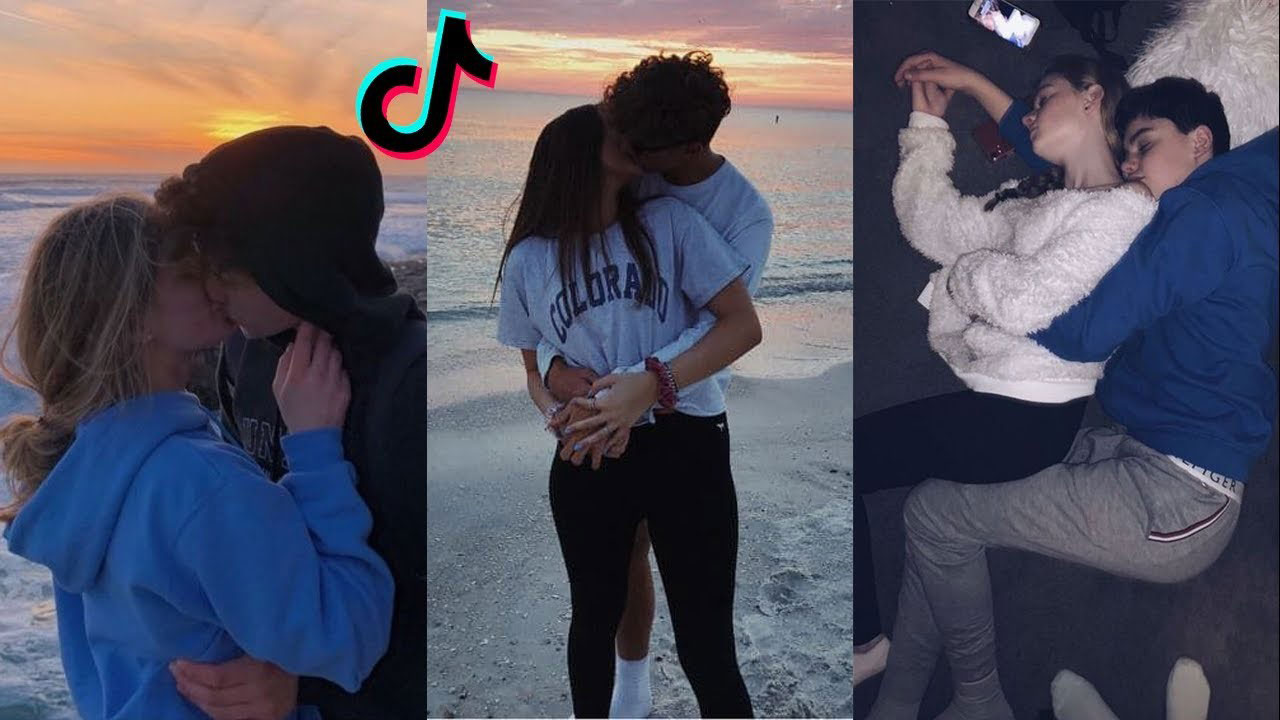
4. Crafting Heartfelt & Persuasive Messaging
When it comes to POSM and advertising copy, language matters. Messaging should reflect the emotions, aspirations, and decision-making processes of couples.
What works:
- Inclusive, warm, and aspirational messaging
- Subtle value-driven language
- Emphasising experiences & togetherness
What to Avoid:
- Overly aggressive price-focused language like “Buy One, Get One FREE!”
- Cheap-sounding words that diminish the romantic appeal
Example: A restaurant promoting a romantic dinner package should avoid saying “Incredible Savings: 2-Person Dinner for £69.90!” Instead, a more appealing approach would be:
“Indulge in an unforgettable evening with our Romantic Dinner for Two — crafted for love, laughter, and lasting memories.”
This subtle shift in tone enhances the premium and emotional appeal, making it more desirable for couples.
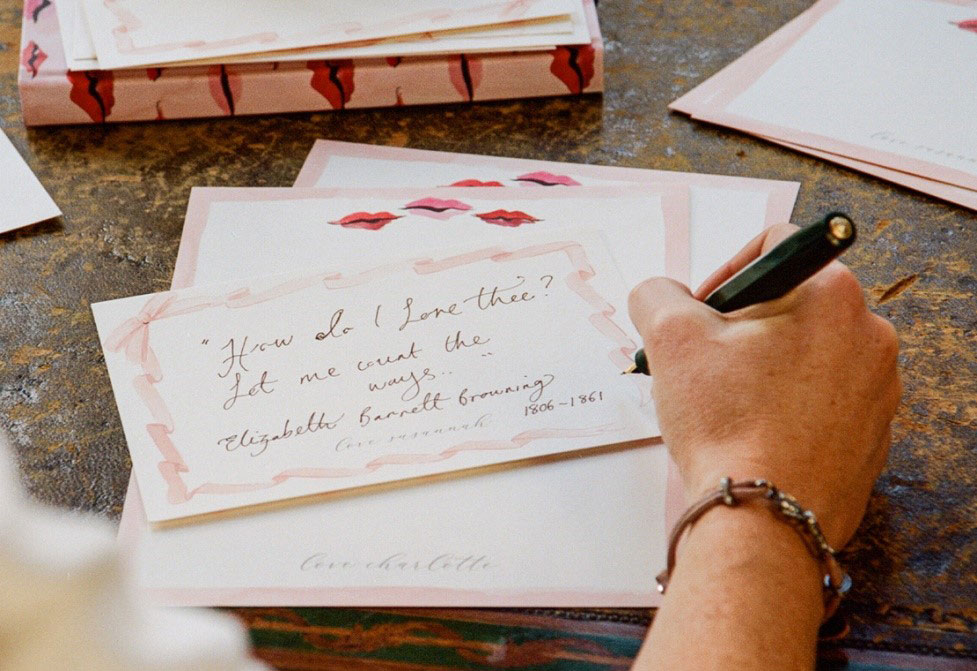
5. Creating Couple-Centric Promotions
Beyond messaging, structuring special offers around couple experiences can boost engagement.
Example Promotions that Work for Couples:
- “Date Night Bundle” → Special pricing for two-person dining or cinema experiences
- “Honeymoon Package” → Travel or hotel deals with romantic perks
- “Couple Membership Perks” → Loyalty rewards for partners who sign up together
Why this works:
- Couples love shared experiences
- It increases perceived value without using cheap-sounding discounts
- It creates exclusivity, making couples feel special & prioritised
Example: A gym promoting a fitness package for couples could position it as:
“Train Together, Grow Stronger: Sign up as a couple and enjoy exclusive wellness perks!”
This feels more engaging than a simple “Sign up now for a discount.”
The Heart of Couple Marketing
Marketing to couples goes beyond selling products. It’s about crafting experiences, evoking emotions, and nurturing shared memories. When done right, your brand becomes an integral part of their relationship journey.
To truly connect with couples, a successful campaign must strike the perfect balance between logic and emotion. It should resonate with their hearts while also seamlessly fitting into their lifestyle and decision-making process. In a world where relationships are celebrated through shared experiences, brands that foster connection will always stand out.

